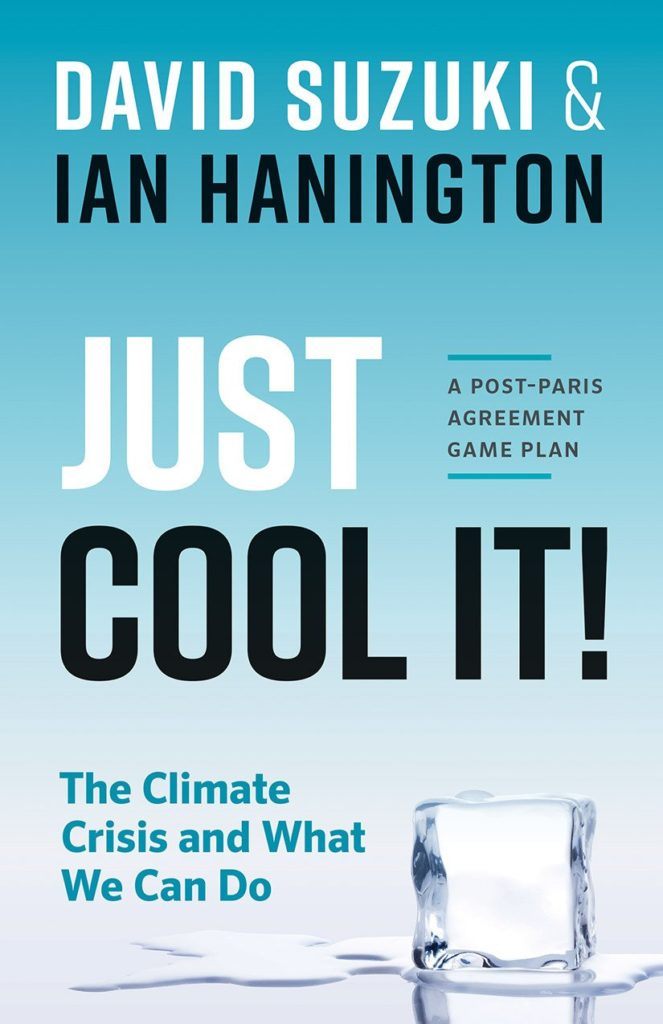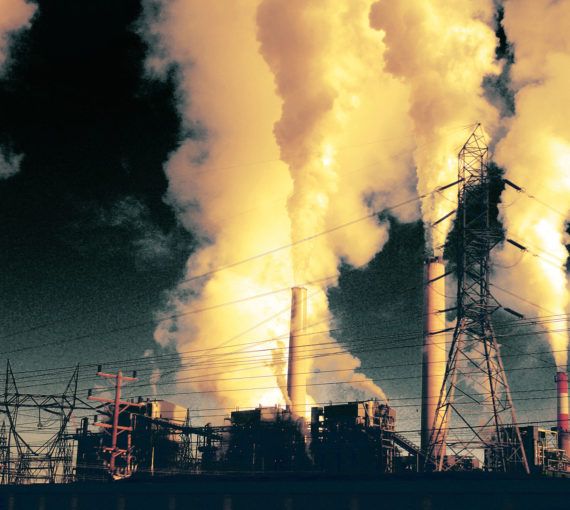 Most people understand that human-caused climate change is a real and serious threat. True, some still reject the mountains of evidence amassed by scientists from around the world over many decades, and accepted by every legitimate scientific academy and institution. But as the physical evidence builds daily — from increasingly frequent and intense extreme weather events like droughts and floods to disappearing polar ice to rising sea levels — it takes an incredible amount of denial to claim we have no reason to worry.
Most people understand that human-caused climate change is a real and serious threat. True, some still reject the mountains of evidence amassed by scientists from around the world over many decades, and accepted by every legitimate scientific academy and institution. But as the physical evidence builds daily — from increasingly frequent and intense extreme weather events like droughts and floods to disappearing polar ice to rising sea levels — it takes an incredible amount of denial to claim we have no reason to worry.
Climate change isn’t an easy or pleasant subject, and massive efforts by the fossil fuel industry and its supporters to sow doubt and confusion have made it harder for people to grasp. With all the information out there, it’s not always easy to distinguish between analysis based on rational, peer-reviewed evidence and propaganda from industry and deniers. But if more people truly understood the enormity of the crisis, we’d be engaged in an all-out effort, comparable to those undertaken during world wars, to reduce the threat.
That’s why David Suzuki Foundation senior editor Ian Hanington and I wrote Just Cool It!: The Climate Crisis and What We Can Do. The book provides a clear and comprehensive overview of global warming, climate science and solutions. We examine the science’s history, from 1824 when natural philosopher Joseph Fourier discovered the greenhouse effect — although he didn’t call it that — through to the discovery of feedback loops, and up to the present, following the 2015 Paris Agreement, which was based on the current evidence outlined in the Intergovernmental Panel on Climate Change’s Fifth Assessment Report.
The book then delves into climate consequences and impacts — from extreme weather to melting Arctic ice and ocean acidification to species extinction and impacts on human physical and mental health to the refugee crisis and more.
With extensive knowledge about climate change and its consequences and impacts, one has to ask why we’re moving so slowly to confront such an urgent problem. We’re already in a troubling state and it will quickly get worse if we fail to tackle it head-on. The book’s next section explores some reasons behind this lack of resolve. Although there’s progress in many areas, we still have to come to terms with outmoded ways of thinking and living that prevent us from acting in our own best interests. We also have to deal with issues like population growth and industrialization in the developing world. And we’re still up against wealthy, powerful interests that would like us to ignore the issue so they can continue to reap enormous fossil fuel profits.
Despite the barriers, there’s a wide range of solutions, and most of the book focuses on those. Some are already in place and some are being developed. Some show more promise than others, and some have their own pitfalls. Ultimately, though, this is what gives us hope. As we point out, no single technology, action or idea will get us out of this mess. It will take concerted efforts from individuals, governments at all levels and people in every sector, from agriculture to science and technology.
The benefits of many solutions go beyond their climate implications. Burning less coal, oil and gas helps the climate but also cuts pollution, which protects human health and brings health-care costs down. Those who are able to walk, bike or take transit instead of driving will improve their physical and mental health (avoiding gridlock aggravation, for example) and save significant amounts of money. Improving agricultural methods can increase the carbon stored in soils and plants and prevent loss of fertile soils, which is also a serious problem for humanity.
Many individual solutions, especially, come with added benefits. There’s so much people can do in their personal lives: drive less, eat less or no meat and dairy, be more energy efficient, reduce waste, buy less and divest from fossil fuel companies among them. But individual actions alone won’t resolve the crisis. That’s why the most important way to help keep the world healthy and habitable for humans is to get informed and get involved. We hope this book will encourage more people to join the growing movement for a livable future!



